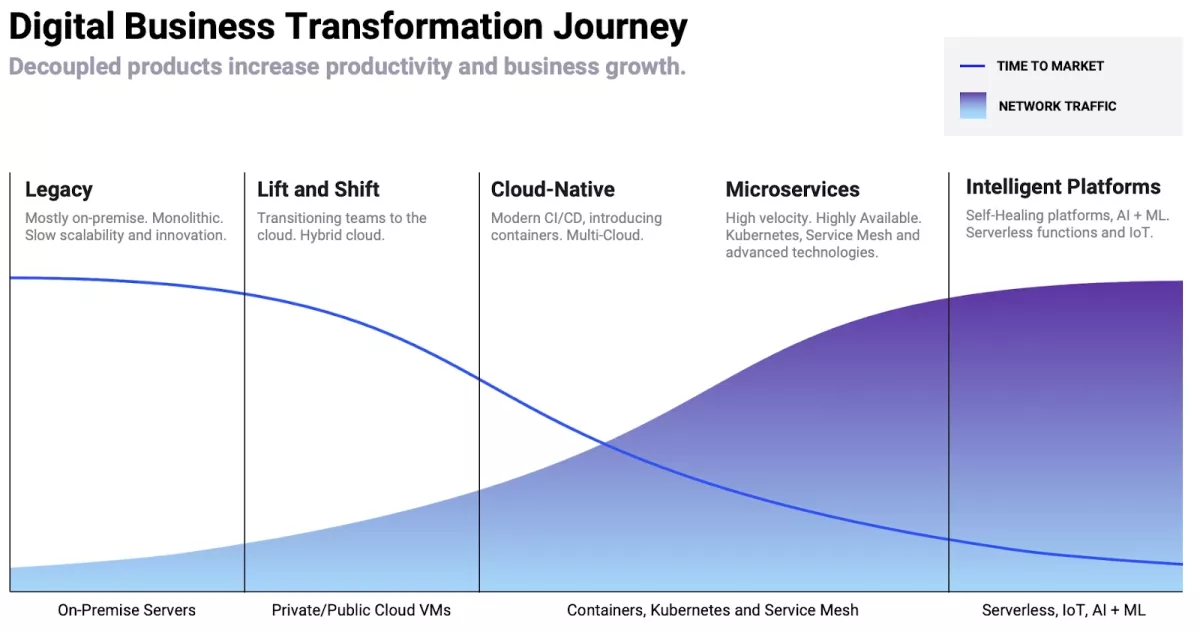Artificial intelligence achieved a major cut-through in the past six months as the Australian government created a strategic vision and action plan for developing and adopting trusted, secure and responsible AI systems.
While there's enormous interest in the use of AI - 82 per cent of Australian organisations have some machine learning capability, according to one survey - only a fraction of interested parties have an AI use case in production.
That is shaping to change in a big way as AI gets better at helping to bridge technical knowledge gaps, allowing people without years of IT experience to assemble code-based tools that can help them in their daily operations.
AI is already a big time-saver for developers of web-based applications. Cloud providers offer several advanced AI-enabled application programming interfaces (APIs) for developing cognitive applications. Examples of these services include natural language processing (NLP), face recognition, and video analysis. Using these services' APIs significantly reduces development time as the cloud product does most of the heavy lifting.
In the future, AI might enable users with limited technical skills to discover organisational data sources and build integrations between systems in the form of extra APIs.
APIs are already critical enablers for a range of big software applications to work. For example, whenever we call an Uber, our app keeps sending us messages based on the driver's position. Likewise, when we use social media, we get notified when our connections post content. Requests and returns of this data are handled by APIs, which act as the connective 'glue' between systems.
APIs will continue to have an important role to play in technology infrastructures, no matter how the internet evolves in the interim.
Development skills are in demand
Lowering technical barriers to create new apps and services is desirable for several reasons.
First, Australia has an acknowledged skills shortage in technology talent.
On one estimate, the country needs about 60,000 new technology workers a year, but universities manage to produce only a fraction of that amount.
Suppose some of the technical complexity of coding can be abstracted away. In that case, Australian organisations may be able to tap non-technical or technically curious people out in the business to digitally innovate on their own, expanding their talent pool horizons.
Second, many IT organisations and business leaders want to have 'stewards' that advocate for digital change in their respective business units or functions.
Using a decentralised approach to innovation could benefit from AI enhancement, helping more organisations translate business domain knowledge into APIs and API-enabled products and services.
The peaks of LCNC
What organisations are seeking is an evolution of what we have in the market now in the form of low-code and no-code - abbreviated to LCNC - development environments. These are designed to help people in the broader business to experiment and assemble new apps and new ways to consume or process data.
A recent survey found that 47% of respondents already used LCNC platforms, with more intending to move in that direction. The survey found the top three reasons to use LCNC platforms are to automate workflows, create new applications and speed up development time. That's important in an agile world, where time-to-value is short.
To date, LCNC has been seen as a way to lower the technical barrier to entry for implementing AI itself. As a recent article in the Harvard Business Review stated, "[LCNC] is making it possible to deploy artificial intelligence - one of the most transformative technologies in a generation - without hiring an army of expensive developers and data scientists.
LCNC arguably becomes even more powerful when it is no longer just a platform to deliver AI projects but when AI becomes part of the platform itself, helping platform users to create all types of digital applications as they see fit.
In addition to AI helping non-technical users create code-based products and services, AI can also automatically document the APIs and other tools that non-technical users make.
In addition, it can have a role in monitoring security threats and/or optimisation opportunities for the APIs that have been created.
AI is for API developers, too
For more advanced API developers, AI also offers a chance to broaden skills and ownership of the interfaces they are creating.
For some context, APIOps teams use DevOps and GitOps principles in the context of the API development lifecycle, building automation into the API development workflow.
Traditionally, a DevOps team managed infrastructure and code deployment automation while the developers focused on building features. While the developer community keeps exploring avenues where AI/ML can benefit software development in general, an APIOps developer has some specific responsibilities: creating the interface and automating the deployment.
Here is an interesting perspective on how Digital Transformation of applications, in general, has been evolving over the past years. The next generation of apps built by developers beyond the current move from legacy to microservices are expected to be Intelligent Platforms with in-built AIML features (Platform foundation driven by APIs).

AI is still being used in much the same way as it is for non-technical users: that is, abstracting away complexity and making it possible for one individual to accomplish more in a short space of time. What it shows, however, is the broad spectrum of improvements made possible by incorporating AI into all internal development processes.


